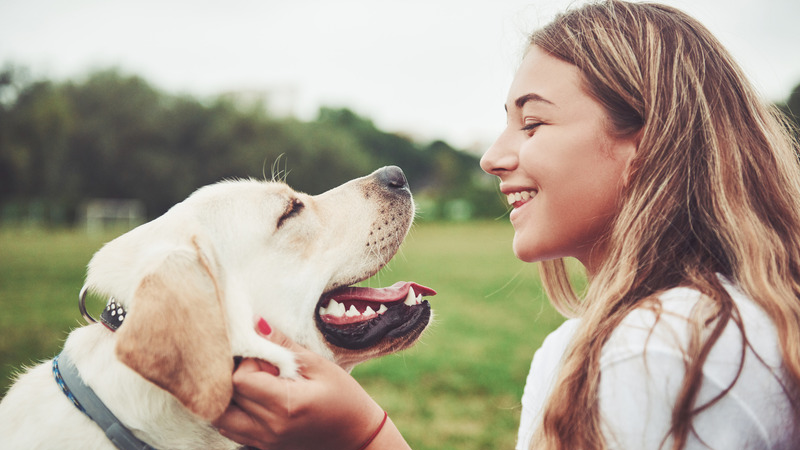
Dogs have evolved to read people way better than we will ever understand them. Their ability to anticipate our needs and emotions is the glue that holds the human-animal bond so tightly.
We can do our part to return the favour and learn more about what our dogs are saying to us. Keep reading to find out some unexpected ways your dog might be telling you they love you.
